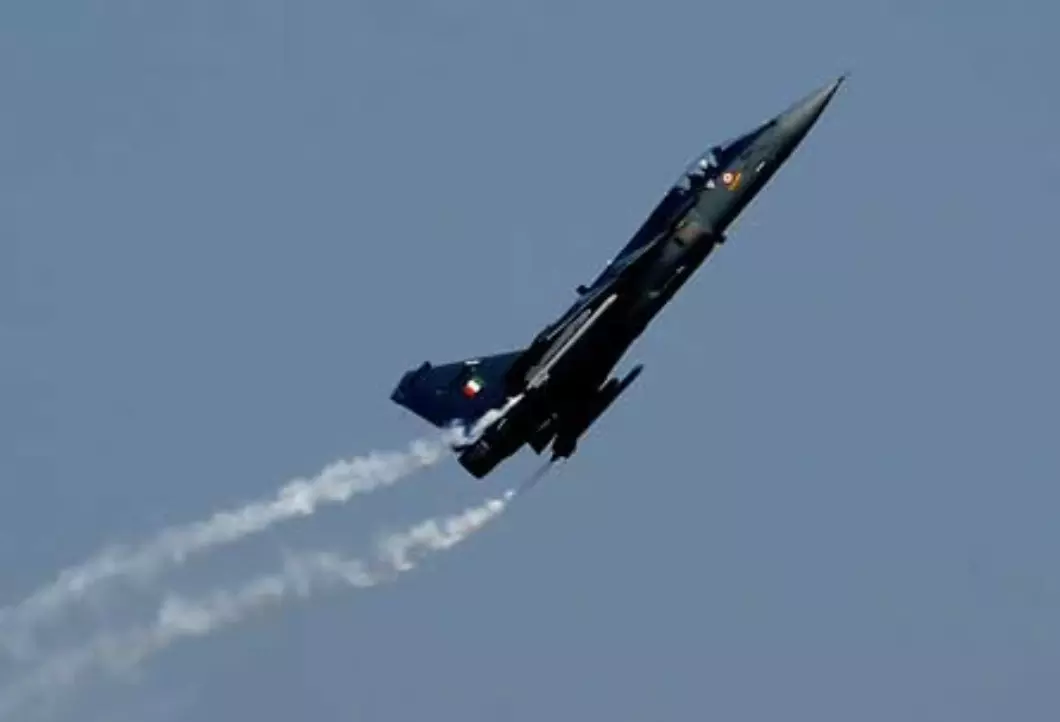Indian Air Force flags concerns over Tejas fighter jet delays amid China’s rapid advancements in 6th gen jets
Indian Air Force flags concerns over Tejas fighter jet delays amid China’s rapid advancements in 6th gen jets

The Indian Air Force (IAF) Chief, Air Chief Marshal AP Singh, has raised critical concerns over delays in the delivery of the indigenous Tejas fighter jets. Speaking at the 21st Subroto Mukherjee Seminar on 'Atmanirbharta in Aerospace: Way Ahead,' he emphasized the need for timely production, increased private sector participation, and greater investment in defence Research and Development (R&D).
A Timeline of Delays
The Light Combat Aircraft (LCA) Tejas project began in 1984, but its first flight occurred only 17 years later, in 2001. The IAF began inducting Tejas in 2016, but as of 2024, the first 40 aircraft from the initial order are yet to be delivered. This delay reflects production challenges at Hindustan Aeronautics Limited (HAL), the state-run manufacturer responsible for Tejas.
Need for Competitive Manufacturing
Air Chief Marshal Singh underlined the importance of introducing competition in defence manufacturing to ensure efficiency and accountability. "We need to have multiple sources available so that manufacturers are motivated to meet deadlines," he said.
China’s Technological Leap
The concerns come amid reports of China successfully testing a 6th generation stealth fighter jet, making it the second country after the United States to develop such advanced aircraft. China's rapid advancements in defence technology highlight the urgency for India to accelerate its indigenous production and strengthen its defence capabilities.
Private Sector Participation and R&D
Singh also called for enhanced private-sector involvement and increased R&D funding. He criticized the current allocation of just 5% of the defence budget to R&D, recommending it be raised to 15%. "Time is critical in defence; missing timelines renders technology obsolete," he added.
Current Tejas Fleet and Future Plans
The IAF operates two squadrons of the Tejas Mk1 variant but is still awaiting the delivery of the Mk1A version. The advanced variant, expected to replace ageing MiG-21 squadrons, has faced delays due to setbacks in procuring GE F404 engines from the US. GE has committed to delivering these engines by March 2025, two years behind schedule.
Falling Squadron Strength
The IAF’s current fighter squadron strength stands at 31, well below the sanctioned 42. This shortage is exacerbated by the gradual phasing out of MiG-21s, Jaguars, and Mirage-2000s. The IAF needs at least 180 new fighter jets to maintain operational readiness, according to a Parliamentary Standing Committee report.
Government Reforms and International Interest
The Ministry of Defence has declared 2025 the "Year of Reforms," focusing on simplifying acquisition processes, fostering public-private partnerships, and positioning India as a global defence exporter. Tejas, known for its multi-role capabilities and impeccable safety record, has garnered interest from countries like Nigeria, the Philippines, Argentina, and Egypt.
The Way Forward
The IAF has stressed the urgent need for timely induction of aircraft like the Multi-Role Fighter Aircraft (MRFA) and LCA Mk II. Enhancing production capacity, encouraging private competition, and boosting R&D funding are crucial to addressing these delays and strengthening India's aerospace capabilities.
The delays in Tejas' delivery, juxtaposed against China's rapid advancements, underscore the need for strategic reforms to bolster India's defence readiness and self-reliance.

